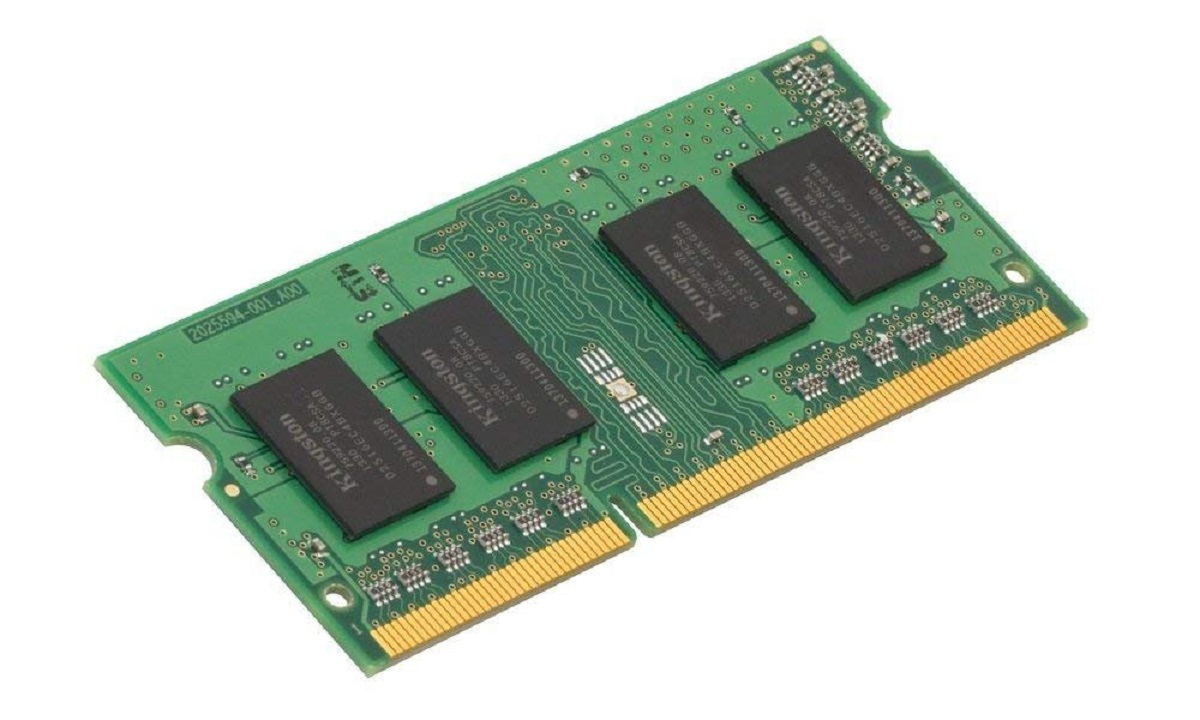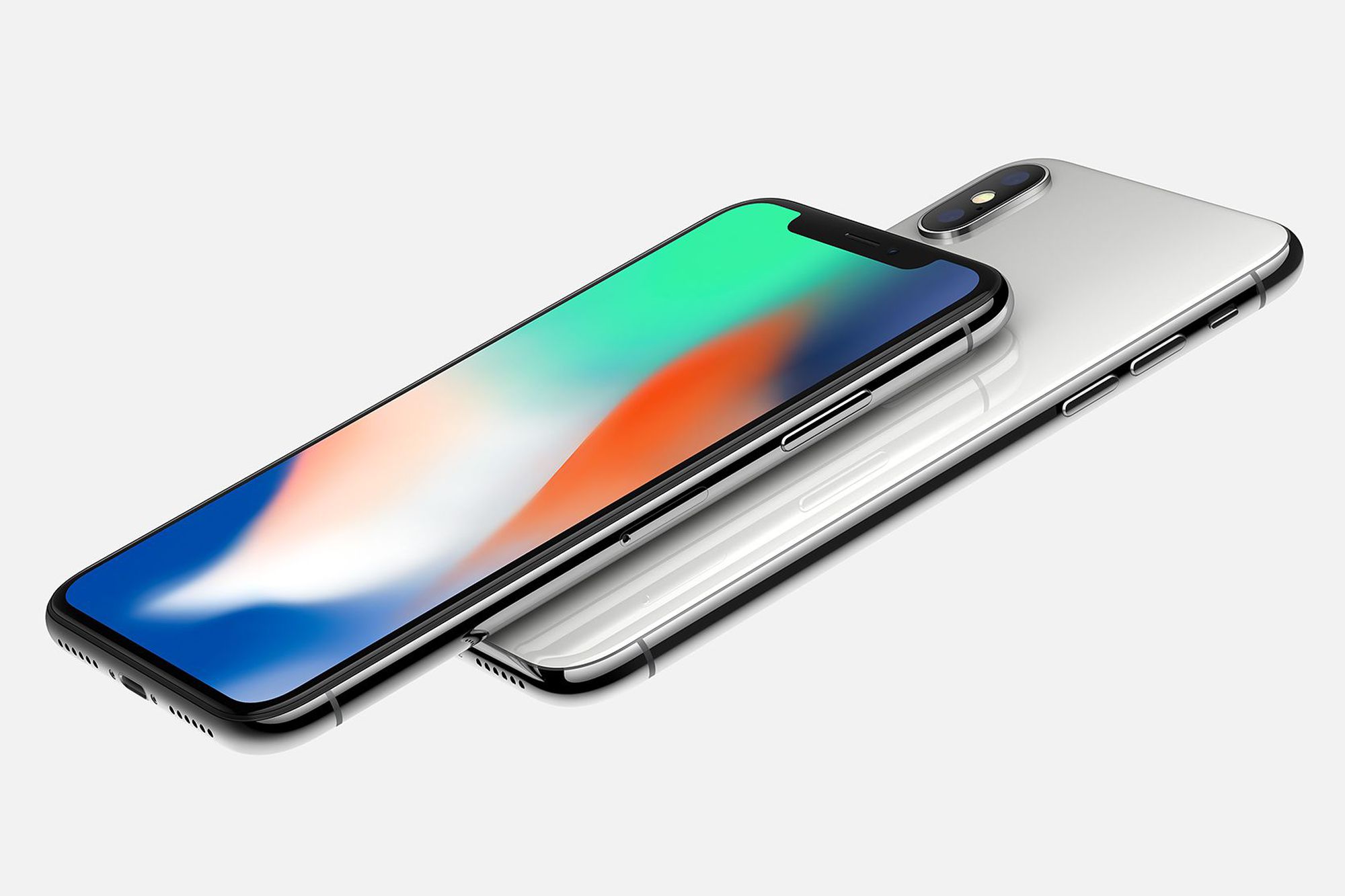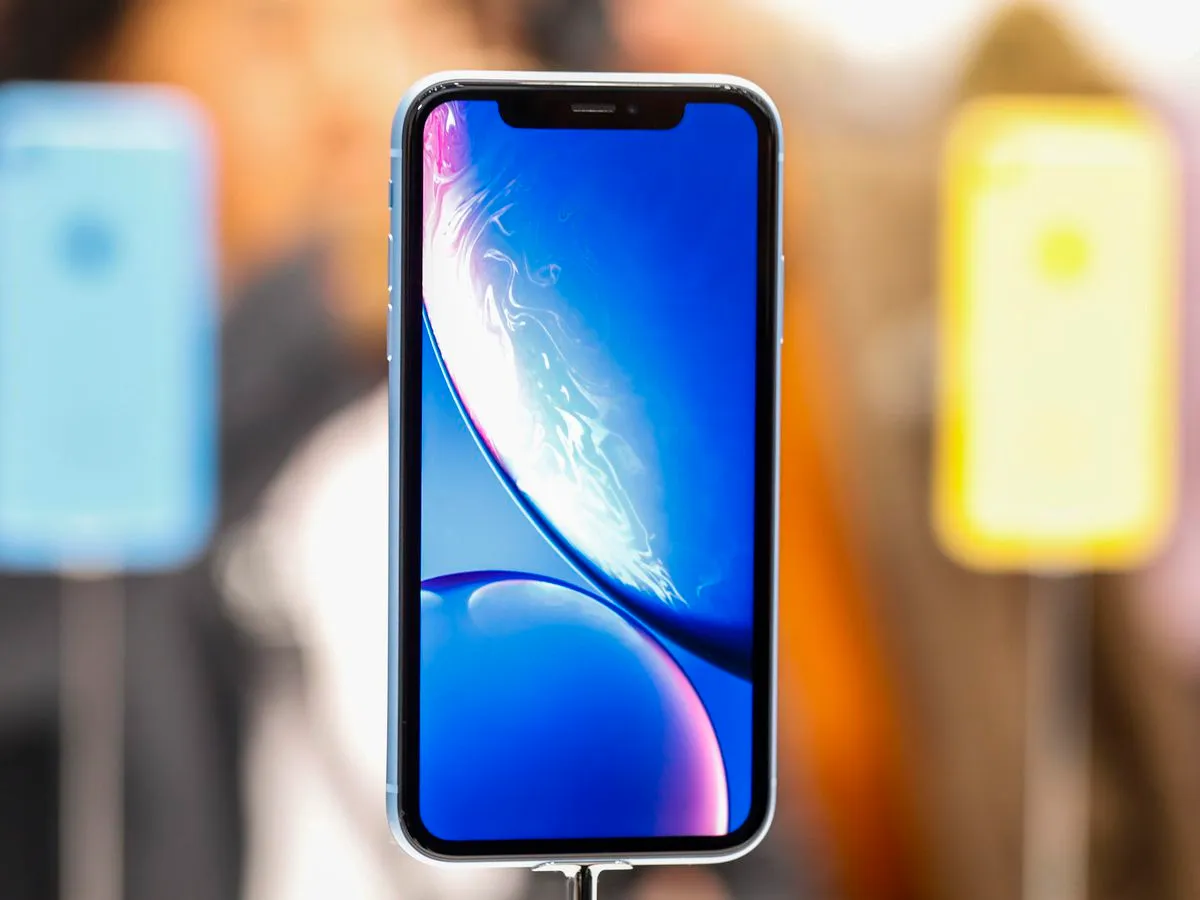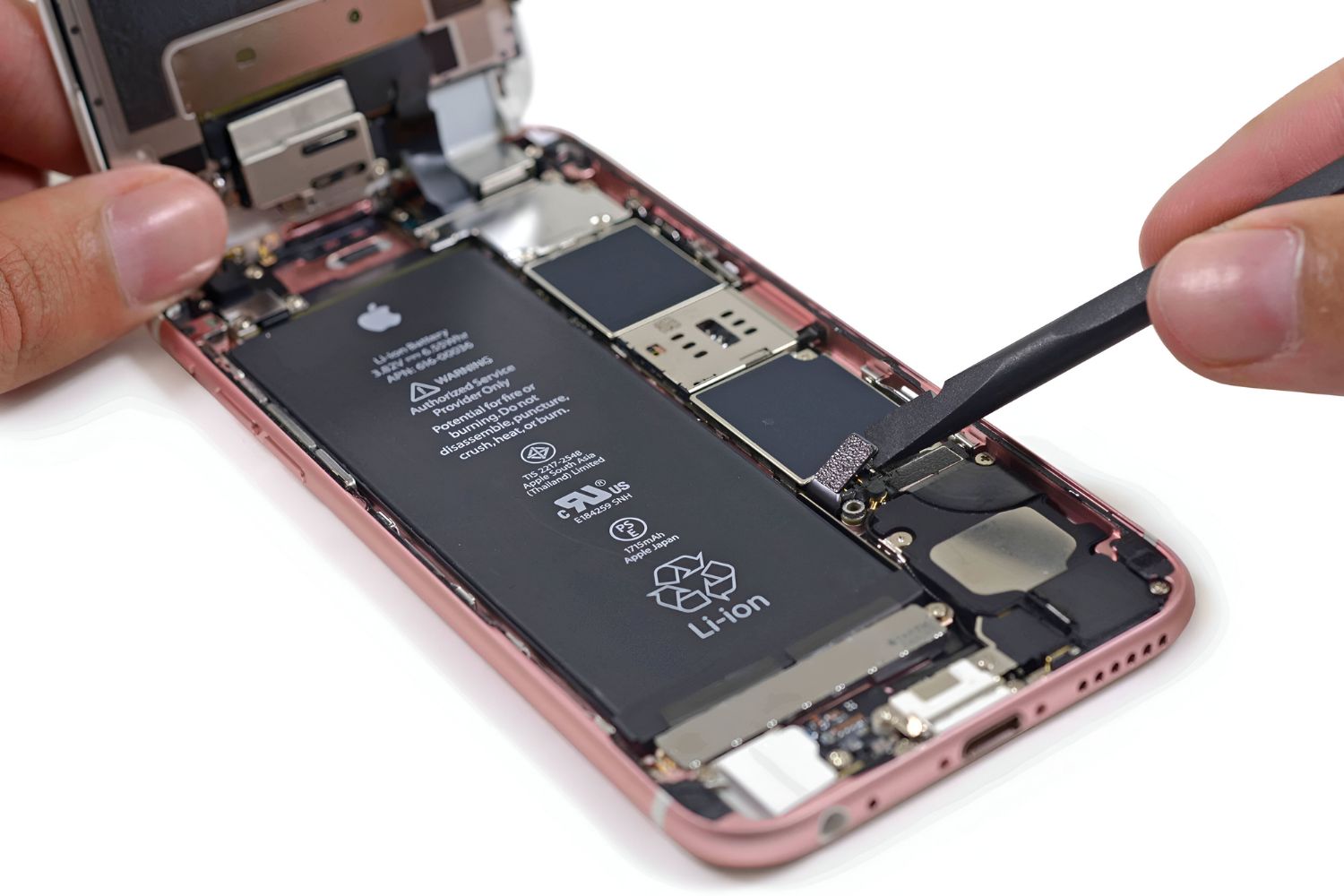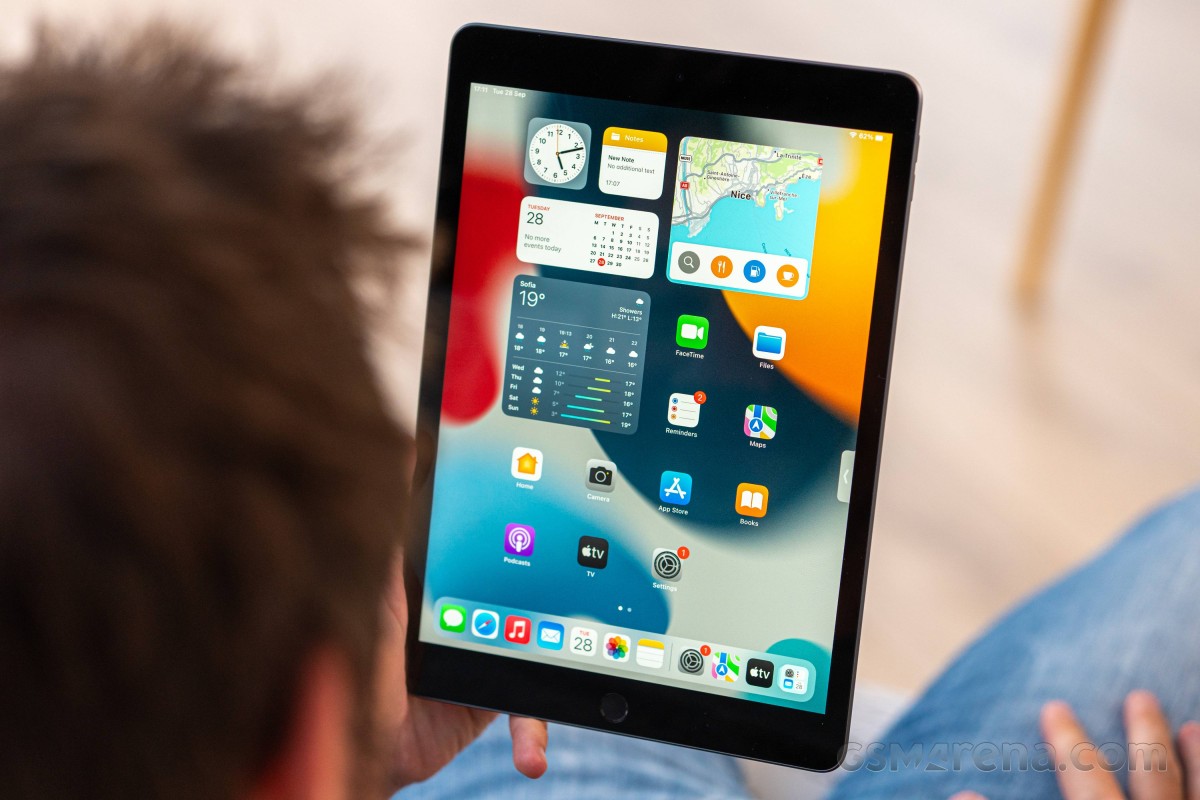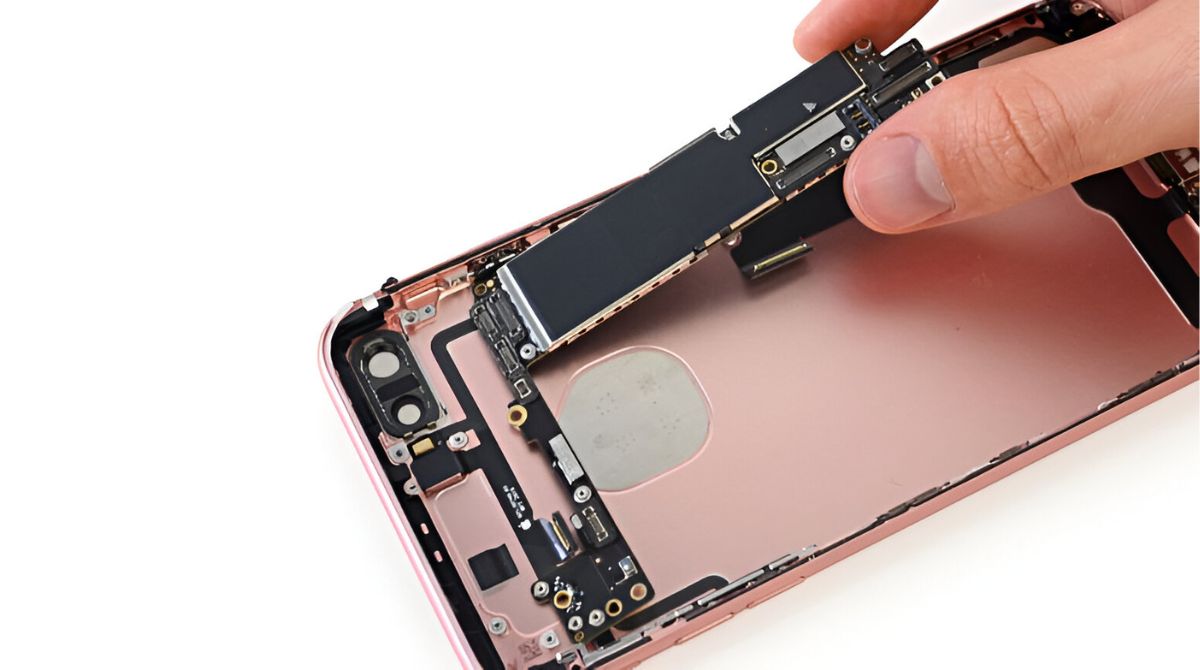Introduction
RAM, or Random Access Memory, is an essential component of any computer or electronic device. It plays a crucial role in the overall performance and speed of a system. For those wondering about the capabilities of 3GB of RAM, this article aims to provide an in-depth understanding.
While many factors contribute to a device’s performance, RAM is often considered a key player. The amount of RAM a device has can determine how efficiently it can handle various tasks, from running multiple applications simultaneously to gaming and multimedia editing. Understanding the capabilities and limitations of 3GB of RAM can help users make informed decisions when it comes to their computing needs.
In this article, we will explore what RAM is, how it works, and delve into the specifics of 3GB of RAM. We will also discuss its potential limitations and whether it is sufficient for gaming and multitasking. Additionally, we will touch on the topic of upgrading from 3GB of RAM to a higher capacity.
By the end of this article, you will have a clearer understanding of what 3GB of RAM entails and whether it meets your specific requirements. So, let’s dive in and explore the fascinating world of RAM!
What is RAM?
RAM, or Random Access Memory, is a type of computer memory that is essential for the functioning of any electronic device, including computers, smartphones, and tablets. It serves as a temporary storage area for data that is actively being used or processed by the system. Unlike permanent storage like hard drives or solid-state drives, RAM is much faster, but its contents are transient and are lost when the device is powered off.
Imagine RAM as a workspace or a desk for your computer. It allows quick access to the information and instructions needed by the CPU (Central Processing Unit) to carry out various tasks. When you open a program or run an application, it is loaded into RAM so that the CPU can efficiently interact with it.
RAM works on a principle of random access, meaning that any piece of data stored in it can be accessed in a constant amount of time, regardless of its location. This is different from sequential access, where data is accessed one item at a time. The random access nature of RAM makes it ideal for quick retrieval and processing of data.
In computers, RAM is typically made up of small electronic components called memory modules. These modules are either integrated onto the computer’s motherboard or inserted into slots. The size and speed of RAM modules can vary, and the amount of RAM installed on a device has a significant impact on its overall performance.
RAM is also categorized by its type, such as DDR (Double Data Rate) or DDR2, DDR3, DDR4, and the latest DDR5. Each new generation of RAM offers increased speeds and improved efficiency compared to the previous one.
Overall, RAM plays a vital role in the smooth operation of a computer or any electronic device, and understanding its functionality is crucial when evaluating the capabilities of a device.
How does RAM work?
RAM, or Random Access Memory, is a critical component of any electronic device as it enables the device to store and access data quickly. Understanding how RAM works can provide insights into its importance in a computer or other computing devices.
At its core, RAM is comprised of tiny electronic cells that can store and retrieve data. Each cell can hold a single piece of data, commonly referred to as a “bit.” The more cells a system has, the more data it can store and access simultaneously.
When the computer is turned on, the operating system and other necessary software are loaded into RAM. This allows the CPU (Central Processing Unit) to quickly access and execute instructions. As you open applications or perform tasks on your device, additional data is loaded into RAM to facilitate efficient processing.
The data stored in RAM is organized into units called “bytes,” which are groups of eight bits. Each byte is assigned a unique address, enabling the CPU to locate and retrieve the required information rapidly.
RAM modules are made up of millions of cells arranged in rows and columns. Each cell contains an electronic circuit that can hold a charge representing a bit of information. When the system needs to access a particular piece of data, it sends an address signal to the RAM module, which activates the appropriate row and column. The circuit in the specific cell releases the stored charge, and the CPU reads the information as a binary code – a series of ones and zeros.
RAM operates at incredible speeds, allowing the CPU to access data in nanoseconds. This fast access is crucial for the smooth performance of demanding tasks, such as running complex software or multitasking.
It’s worth noting that RAM is a volatile form of memory, meaning it requires a continuous flow of electricity to retain the stored data. When the device is turned off, the electrical charge dissipates, and the data is lost. This is why it is vital to save your work on permanent storage devices like hard drives or solid-state drives.
Overall, RAM is a fundamental component of any computing device, playing a central role in facilitating rapid data access, which contributes to the overall speed and performance of the system.
What is 3GB of RAM?
When we refer to 3GB of RAM, we are talking about the amount of Random Access Memory available in a device. In this case, it signifies a device that has 3 gigabytes of RAM installed.
Gigabytes, or GB, is a unit of measurement used to describe the storage capacity of digital devices. One gigabyte is equal to 1,073,741,824 bytes. In the context of RAM, a higher amount of gigabytes generally indicates a larger capacity for storing and quickly accessing data.
3GB of RAM falls in the mid-range category when it comes to RAM capacity. It is often found in older smartphones, budget-friendly laptops, and some entry-level desktop computers. While 3GB may not be considered ample by today’s standards, it can still provide sufficient performance for certain tasks depending on the specific requirements of the user.
It’s important to note that the amount of RAM is only one factor that affects the performance of a device. Other components like the processor, graphics card, storage type, and operating system also play significant roles in determining a device’s overall speed and efficiency.
Devices with 3GB of RAM can offer decent performance for everyday tasks such as web browsing, document editing, email, and basic multimedia consumption. They can handle apps and software that are not exceptionally resource-intensive.
However, as technology advances and software becomes more demanding, devices with 3GB of RAM may struggle to keep up with modern applications and multitasking requirements. Resource-heavy applications such as video editing software, graphics-intensive games, and virtual machines may not perform optimally on a device with limited RAM.
In summary, 3GB of RAM refers to a moderate amount of memory available in a device. While it may be sufficient for everyday tasks and basic usage, it may not provide the best performance for resource-intensive applications or multitasking requirements.
How much can 3GB of RAM handle?
3GB of RAM, although not considered a large amount by today’s standards, can still handle a variety of tasks and applications. While the extent of its capabilities depends on various factors such as the operating system, software optimization, and specific usage patterns, we can generally outline the typical workload that 3GB of RAM can handle.
For basic tasks like web browsing, word processing, and emailing, 3GB of RAM is usually sufficient. These activities do not require a significant amount of memory and can be comfortably managed by a device with this level of RAM. You should be able to have multiple browser tabs open, work on documents, and check your email without experiencing noticeable slowdowns.
When it comes to multimedia consumption, such as streaming videos or listening to music, 3GB of RAM is generally capable of handling these tasks without significant issues. You may encounter occasional hiccups with high-definition videos or large media files, but overall, the experience should be smooth and enjoyable.
Light gaming is also viable with 3GB of RAM. You can play a variety of casual or older games with relatively low system requirements. However, resource-intensive games that demand more RAM for smooth gameplay, such as modern AAA titles, may struggle to run optimally on a device with only 3GB of RAM. To avoid performance issues in gaming, it is advisable to close unnecessary applications and background processes to free up memory.
One area where 3GB of RAM may show limitations is multitasking. While you can run multiple applications simultaneously, there may be noticeable performance degradation if you have several resource-heavy processes running simultaneously. Opening too many applications or running memory-intensive software can cause the system to swap data to the slower storage device, resulting in slower performance and potential lag.
Ultimately, while 3GB of RAM can handle day-to-day tasks and basic activities, its limitations become apparent when dealing with more resource-intensive or simultaneous demanding tasks. If you frequently find yourself needing to run memory-intensive software or perform extensive multitasking, you may want to consider upgrading to a device with a larger RAM capacity to ensure smoother performance.
Is 3GB of RAM enough for gaming?
When it comes to gaming, the amount of RAM can have a significant impact on the performance and overall gaming experience. While 3GB of RAM may have been considered sufficient in the past, it may struggle to meet the requirements of many modern games.
3GB of RAM can handle simple and less resource-intensive games, particularly older titles or those designed for low-end hardware. Casual games, retro games, and indie games often run smoothly with this amount of RAM.
However, for newer and more demanding games, 3GB of RAM may prove insufficient. Many modern games require higher system specifications to run optimally, including a larger RAM capacity. These games utilize more complex graphics, extensive virtual environments, and larger data files, all of which place a significant burden on the system’s resources.
Insufficient RAM can negatively impact gaming performance in several ways. It may result in slower loading times, increased stuttering or lag, and overall decreased responsiveness in gameplay. In some cases, games might not even launch or may crash due to insufficient memory available for the game to run properly.
Additionally, gaming often involves running multiple processes simultaneously, such as game launchers, chat applications, or streaming software. These processes consume additional memory, reducing the amount of available RAM for gaming. With only 3GB of RAM, you may find yourself limited in the number of additional processes you can run alongside your game.
If you are passionate about gaming and want to enjoy the latest titles without compromising performance, it is advisable to consider a device with more RAM. Gaming computers and consoles typically come equipped with at least 8GB of RAM, and higher-end systems may have 16GB or even 32GB to ensure smooth gameplay.
In summary, while 3GB of RAM may be suitable for running older or less demanding games, it may struggle to meet the requirements of newer and more resource-intensive titles. For a satisfying gaming experience, especially with modern games, it is generally recommended to have a higher capacity of RAM.
Is 3GB of RAM enough for multitasking?
The amount of RAM in a device can significantly impact its ability to handle multitasking – running multiple applications or processes simultaneously. While 3GB of RAM can support basic multitasking, it may face limitations when dealing with more complex or resource-intensive tasks.
For everyday multitasking, such as browsing the web, listening to music, and using productivity tools, 3GB of RAM is generally sufficient. You can have multiple applications open simultaneously, switch between them, and perform tasks without noticeable slowdowns.
However, when dealing with more demanding tasks or running memory-intensive software, the limitations of 3GB of RAM become apparent. For instance, running editing software, virtual machines, or resource-heavy applications like graphic design tools may cause the system to experience performance degradation or operate sluggishly.
One of the challenges with limited RAM capacity is that when the system runs out of available memory, it compensates by using the hard drive or solid-state drive as virtual memory, which is significantly slower. This process, known as “swapping” or “paging,” can result in increased load times, laggy performance, and decreased overall responsiveness.
In essence, while you can multitask with 3GB of RAM, the extent to which you can do so comfortably depends on the specific applications you are using and the intensity of the tasks. Running a few lightweight applications simultaneously may not pose significant challenges, but running multiple resource-intensive tasks simultaneously may strain the available memory and reduce overall performance.
To optimize multitasking with limited RAM, it is advisable to close unnecessary applications and background processes, keep the number of open tabs and programs to a minimum, and prioritize the most critical tasks. Additionally, regular maintenance, such as clearing cache and temporary files, can help free up memory and improve system performance.
If you frequently find yourself needing to run memory-intensive applications or regularly engage in heavy multitasking, upgrading to a device with a larger RAM capacity, such as 8GB or higher, is recommended. Having more RAM provides a greater buffer for running multiple processes simultaneously without experiencing performance limitations.
In summary, 3GB of RAM can support basic multitasking, but it may face limitations when dealing with more resource-intensive tasks or running multiple memory-demanding applications simultaneously. If you regularly engage in heavy multitasking, upgrading to a device with a higher RAM capacity is advisable for smoother performance.
What are the limitations of 3GB of RAM?
While 3GB of RAM can handle basic tasks and provide decent performance for certain activities, it does have limitations when it comes to more demanding usage scenarios. Understanding these limitations can help determine if 3GB of RAM is sufficient for your specific needs.
One significant limitation of 3GB of RAM is its impact on performance when running memory-intensive software or resource-heavy applications. With a limited amount of RAM, the system may struggle to efficiently store and process all the necessary data, resulting in slower performance, increased loading times, and potential lag or stuttering.
When multitasking with 3GB of RAM, you may encounter slowdowns or sluggishness, especially when running multiple applications simultaneously. The system may need to rely on virtual memory by using the slower hard drive or solid-state drive to compensate for the inadequate amount of RAM. This can lead to decreased responsiveness and overall system performance.
Modern operating systems and applications have become more resource-demanding over time. With 3GB of RAM, you may experience difficulties running the latest software versions that have higher system requirements. This can limit your ability to stay up-to-date with technology advancements and access new features or improvements offered by software updates.
The limitations of 3GB of RAM are particularly evident when it comes to gaming. Many modern games have higher memory requirements and may struggle to run smoothly or may not even launch with limited RAM. Gaming with 3GB of RAM can result in slower loading times, decreased frame rates, and potential lag or stuttering during gameplay.
Another limitation is the difficulty of future-proofing. As technology advances and software becomes more demanding, the need for higher RAM capacity is likely to increase. Devices with 3GB of RAM may not be able to keep up with future software updates or new applications that require more memory to perform optimally.
It’s important to note that the limitations of 3GB of RAM can vary depending on factors like the specific hardware configuration, software optimization, and individual usage patterns. Different users have different needs and usage habits, and what may be limiting for one person may be sufficient for another.
In summary, the limitations of 3GB of RAM primarily revolve around its capacity to handle resource-intensive tasks, multitasking, and future software requirements. If you anticipate engaging in memory-intensive activities or want to ensure better performance in the long run, upgrading to a device with a higher RAM capacity may be a more viable option.
Can you upgrade from 3GB of RAM to a higher capacity?
If you currently have 3GB of RAM in your device and find it insufficient for your needs, the good news is that, in most cases, it is possible to upgrade to a higher RAM capacity. This allows you to enjoy improved performance and better handle memory-intensive tasks.
The upgrade process will vary depending on the type of device you have. Laptops and desktop computers often allow for RAM upgrades since the RAM modules are typically user-replaceable. Smartphones and tablets, on the other hand, may have integrated RAM, which makes upgrading more challenging or even impossible.
To determine if your device is upgradeable, you will need to consult the manufacturer’s specifications or user manual. It will provide information regarding the maximum RAM capacity supported by your device and the specific type of RAM it requires (e.g., DDR3, DDR4).
If your device is upgradable, you will need to purchase compatible RAM modules with a higher capacity. It is important to ensure that the new RAM modules match the specifications outlined by the manufacturer to guarantee compatibility and optimal performance. It’s recommended to consult with a knowledgeable technician or refer to online resources for guidance on selecting the appropriate RAM modules.
Upgrading the RAM in a desktop computer typically involves opening the computer case, locating the RAM slots, and carefully inserting the new RAM modules. Laptops may require removing a panel or keyboard to access the RAM slots. It is crucial to follow the specific instructions provided by the manufacturer and exercise caution during the upgrade process to avoid damage to the device or components.
After upgrading the RAM, you will need to power on the device to ensure it recognizes the increased capacity. In most cases, the new RAM modules will be automatically detected. However, in some instances, you may need to adjust BIOS or UEFI settings to activate the full capacity of the upgraded RAM.
Upgrading the RAM in your device can provide a noticeable improvement in performance, particularly for memory-intensive tasks, multitasking, and running resource-demanding applications. It allows for smoother operation, faster data access, and better overall responsiveness.
It’s important to note that not all devices allow for RAM upgrades, particularly smartphones and tablets, which often have non-upgradable and integrated RAM. In such cases, you may need to consider purchasing a new device with a higher RAM capacity to meet your requirements.
In summary, if your device supports RAM upgrades, it is possible to increase the RAM capacity from 3GB to a higher amount. The upgrade process involves purchasing compatible RAM modules, following manufacturer guidelines, and installing them correctly. Upgrading the RAM can enhance performance, but it’s crucial to ensure compatibility and consider the limitations of your device’s hardware architecture.
Conclusion
In conclusion, RAM plays a crucial role in the overall performance and speed of a device. While 3GB of RAM may not be considered a large amount in today’s standards, it can still handle basic tasks and provide decent performance for everyday usage. It is suitable for activities such as web browsing, word processing, and multimedia consumption.
However, when it comes to more demanding tasks like gaming, resource-intensive applications, and multitasking, the limitations of 3GB of RAM become apparent. It may struggle to meet the requirements of modern games, leading to slower loading times and potential performance issues. Similarly, running memory-intensive software or engaging in extensive multitasking can cause performance degradation and overall system sluggishness.
If you find 3GB of RAM insufficient for your needs, the good news is that in many cases, it is possible to upgrade to a higher RAM capacity. Upgrading the RAM allows for improved performance, smoother multitasking, and better handling of memory-intensive tasks. However, it’s important to ensure compatibility and consider the limitations of your device’s hardware architecture.
In the fast-paced world of technology, it’s worth noting that the optimal amount of RAM for a device can vary depending on individual needs and usage patterns. While 3GB of RAM may suffice for some users, others may require higher capacities to meet their specific requirements.
Ultimately, the decision to upgrade RAM should be based on an assessment of your computing needs and the specific tasks you intend to accomplish. Considering factors like the type of applications you use, the intensity of multitasking, and the longevity of your device will help determine if upgrading from 3GB of RAM to a higher capacity is a worthwhile investment.
Overall, RAM acts as a vital component in optimizing a device’s performance. Whether it’s 3GB or a higher capacity, having sufficient RAM ensures a smoother and more efficient computing experience.







